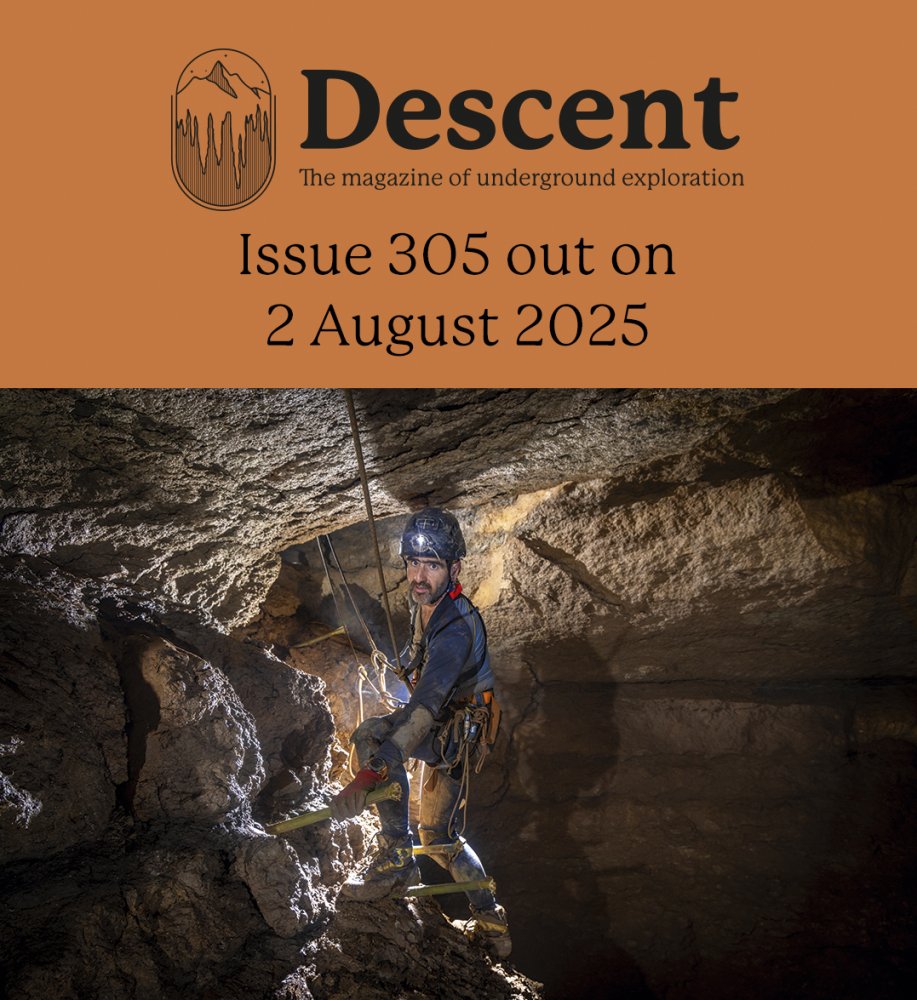alanw
Well-known member
Bone remains found in a Tibetan cave 3,280 m above sea level indicate an ancient group of humans [Denisovans] survived here for many millennia, according to a new study published in Nature.

Extinct humans survived on the Tibetan plateau for 160,000 years
Bone remains found in a Tibetan cave 3,280 m above sea level indicate an ancient group of humans survived here for many millennia.
www.sciencedaily.com




